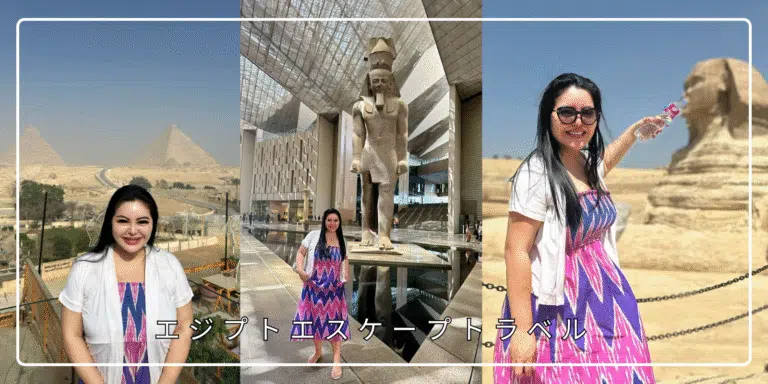Flowing north for over 6,650 km from East Africa through Egypt to the Mediterranean, the Nile is the world’s longest river. Fed by the Blue Nile and White Nile—originating in Ethiopia and Uganda respectively—it merges at Khartoum in Sudan and continues through Egypt as a true river of life
Historical & Cultural Significance
Ancient Egypt flourished along the Nile, thanks to its annual inundations, which deposited nutrient-rich silt ideal for growing wheat, barley, flax, and vegetables
The Nile was central to Egyptian identity: gods like Hapi and Isis embodied its fertility and renewal, and boats became symbolic—and literal—vehicles of ritual and transport, even buried with pharaohs in tombs
Geography & Agriculture
The Nile Delta forms a triangular, fertile expanse along the Mediterranean coast, stretching from Alexandria to Port Said. Despite the construction of dams reducing floods and silt distribution, the Delta remains enormously productive, supporting around 39 million Egyptians
Over 95% of Egypt’s population lives within a few miles of the river, and it continues to feed the nation through modern irrigation systems
Wildlife & Ecosystems
The Nile basin supports a rich ecosystem. Nile crocodiles, the giant Nile perch, hippos, and over 300 bird species—including herons, egrets, and ibis—inhabit its waters and marshes. Once abundant papyrus sedge swamps have largely disappeared but remain an iconic part of the traditional Nile environment
Engineering & Modern Issues
The Aswan High Dam, completed in 1970, transformed Egypt by controlling floods, generating electricity, and stabilizing water supply. Yet it also halted natural silt deposition, causing soil nutrient decline downstream and accelerating delta erosion and salinity issues
Current disputes over the Grand Ethiopian Renaissance Dam highlight the Nile’s geopolitical significance as Addis Ababa fills its reservoir—raising concerns in Egypt and Sudan over reduced flows
Tourism & Cultural Celebration
Cruises along the Nile remain immensely popular. Travelers explore Luxor, Karnak Temple, Kom Ombo, and Philae via traditional dahabeahs and feluccas. Staying on deck under the stars while drifting past ancient monuments is a highlight for many
Every August, Egypt celebrates Wafaa El-Nil, a festival honoring the ancient flood cycle with boat parades, music, and rituals along the riverbanks
The Nile remains Egypt’s lifeblood. From nurturing ancient civilization to sustaining modern crops, powering communities, and inspiring awe, its legacy is unparalleled. As environmental and political challenges grow, preserving this river requires thoughtful stewardship—one that balances development, culture, and nature.







